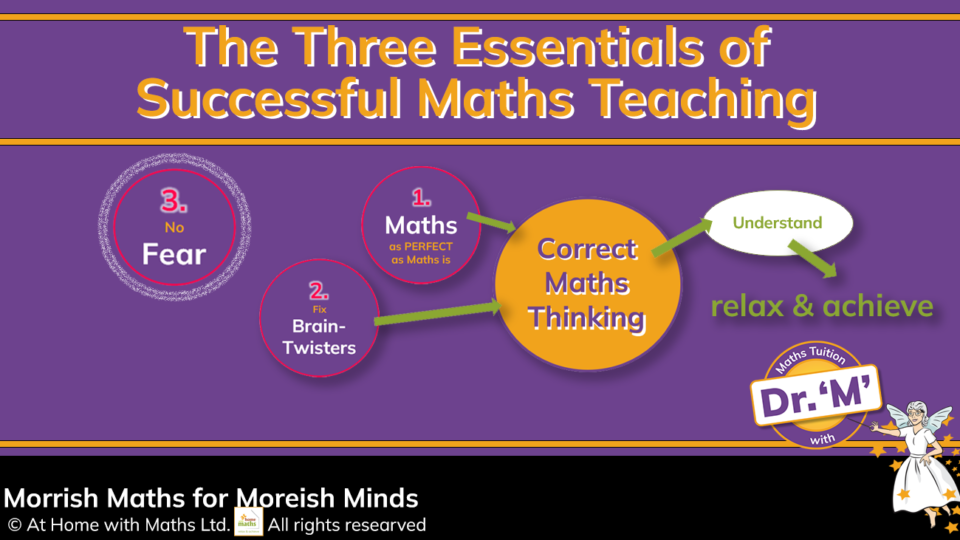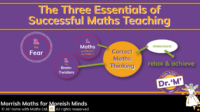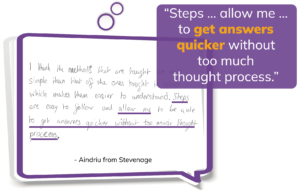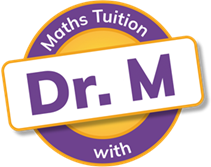The three essentials of successful maths teaching


Maths is absolutely unambiguous and perfectly logical.
Everything in maths is always either right or wrong.
There is no middle.
This requires a cool and unemotional head, at all times.
And this is what makes it hard for many children to comprehend maths ideas. Some children may even develop maths fears and anxiety.
However, the good news is that modern science (e.g. Professors Jean Piaget and Herb Ginsburg) shows that there are ways to teach maths correctly in a sense that children learn maths with ease and their maths potential develops to the full.
My own science and experience confirm that correctly taught maths gradually develops children’s correct maths thinking. Then children understand maths more easily and many of them grow to enjoy learning maths.
So, here are the three essentials of correct maths teaching.
They are in line with modern educational psychology developments on how the human brain learns.
1. Maths explanations must be as perfect and precise as maths itself is
a. No unnecessary simplifications
Simplifying maths by omitting what’s deemed to be “too complex for students” creates gaps in their understanding: kids simply do not have a chance to know why this or that maths idea is true, where it comes from, why it’s important and how it can be useful in life! This means that schools, in effect, make kids master solving maths problems without understanding what they are doing and why. This frustrates many kids, making them feel like brainless marionettes. No wonder many kids grow to believe that maths is gobbledygook!
Modern science has proved that if maths is explained clearly and in age-appropriate language, most kids cope to understand even highly complex maths. Gradually, they develop the correct maths thinking and maths understanding becomes their second nature. This is when most kids begin to enjoy their maths learning.
b. No maths blunders
It goes without saying that any distortions to maths concepts by a teacher are simply unacceptable. They violate the rigid logic behind maths ideas and dramatically reduce students’ chances to understand them.
Unfortunately, this happens way too often in schools. No wonder many children conclude that maths “does not make sense” and/or is “too abstract”.
2. Help to fix maths brain-twisters
Each maths concept must be clearly explained, but this is not enough. A teacher must also help a student overcome the
🧠Maths Brain-Twisters🌀
that impede students’ understanding of the maths concept in question.
This is what I call to help a child cross
💜THE GREAT MATHS BARRIER🧠+💜
Maths brain-twisters appear in all children naturally. This is because the brains of all humans are prone to misconceptions.
3. Anxiety free maths teaching
The teacher must take care not to create fear or anxiety for the student, or actively reduce it if already present.
So, how does it work in practice?
Have a look at this video “Travel to 4D space”.
It shows how the principles of the correct maths teaching work in practice – to ensure a child learns maths with interest, grows to understand it correctly and, as a result, achieves the maximum of his potential.
—
I am working now on a book “Morrish Maths for Moreish Minds, the complete guide for teachers and parents“, but it’ll take some time.
However, if you found this article useful or thought provoking and are interested in learning more or wish to help your child with maths now, please send me an email or a private message on social media saying “NOW“, and we will figure out how I can help you further. Lena

Read all my testimonials here.


